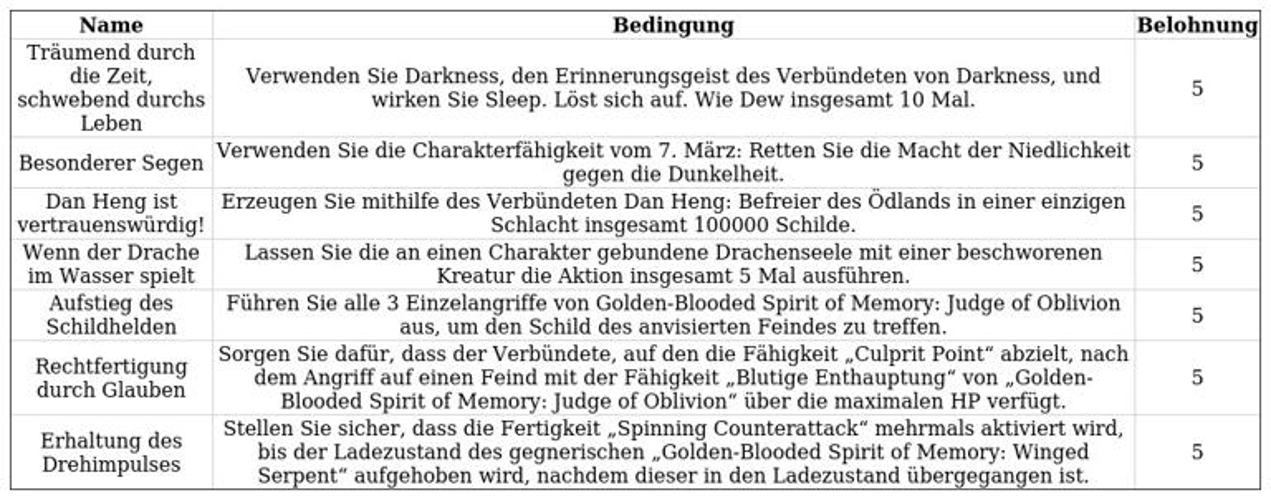Chin Implant vs Filler: What You Need to Know About Longevity

Enhancing the chin is a popular method for achieving better facial balance and harmony. When it comes to defining the jawline or enhancing chin projection, two leading options stand out: chin implants vs. filler While both methods can enhance facial contours, they vary in how they are performed, the recovery process, and—most significantly—how long the results last While fillers offer a quick, non-surgical enhancement with temporary results, chin implants provide a long-term, more permanent solution. Understanding the key differences between a chin implant and filler helps individuals choose the right option for their aesthetic goals and how long they want their results to last.
Understanding Chin Enhancement Options
When considering chin enhancement, a chin implant offers a long-lasting solution for improving facial balance and structure. This surgical procedure involves inserting a biocompatible implant—commonly made of silicone or Medpor—through a small incision either under the chin or inside the mouth. The implant is precisely placed on the chin bone to improve its projection and create a more defined contour. After the procedure, patients may notice some mild swelling and bruising for a few days. Most people see visible improvement shortly after surgery, with the final results becoming fully apparent once the healing process is complete.
In contrast, a chin filler provides a non-surgical alternative for subtle reshaping and contouring. Using injectable dermal fillers, such as hyaluronic acid or calcium hydroxylapatite, this procedure adds volume and symmetry with minimal downtime. Results are immediate and last from 12 to 18 months, depending on the type of filler and individual metabolism. Chin fillers are perfect for individuals who want to enhance their chin’s shape and definition without undergoing surgery or dealing with lengthy recovery periods.
Longevity Comparison: Chin Implant vs Filler
When comparing chin implants vs fillers, longevity plays a major role in decision-making. A chin implant typically lasts 10 to 20 years or even a lifetime, offering a permanent contour enhancement. Conversely, fillers like hyaluronic acid usually last between 6 and 18 months, while thicker fillers, such as calcium hydroxylapatite, can offer results that persist for up to two years. Factors such as metabolism, lifestyle, and product quality influence the duration. Over time, implant results remain stable, whereas filler volume gradually diminishes, requiring touch-ups. Ultimately, implants provide a long-term solution, while fillers offer flexibility for those seeking temporary, adjustable facial definition.
Expert Tips for Maximising Longevity
-
Post-Procedure Care for Implants: Follow your surgeon’s aftercare instructions carefully. Keep the area clean, avoid touching or pressing the chin, and sleep with your head elevated for the first few days. Maintain a healthy lifestyle—smoking and drastic weight changes can affect results.
-
Maintenance Tips for Fillers: Use high-quality skincare, stay hydrated, and limit sun exposure. Schedule follow-up appointments every 12–18 months to maintain volume and shape. Avoid excessive facial massages, as they may cause the filler to shift.
-
Signs Revision or Touch-Ups May Be Needed: Noticeable asymmetry, loss of definition, or volume reduction are common indicators. For implants, discomfort or shifting may require professional evaluation for correction.
Conclusion
In conclusion, both chin implants and fillers can enhance facial balance; however, they differ in terms of longevity and the results they achieve. Chin implants offer a permanent solution with a defined structure and long-lasting improvement, while fillers provide a temporary, non-surgical option that typically lasts 12–18 months. Your choice depends on your aesthetic goals, comfort level with surgery, and the desired durability of the results. Consulting a qualified expert ensures you receive personalised advice and safe, natural-looking outcomes. At Shay Novi Aesthetics & Wellness, we can guide you toward the best treatment for your facial harmony. Schedule your consultation today or learn more about how we can help you achieve the balanced, confident look you deserve.
FAQs About Chin Implant vs Filler
Q: Can fillers replace implants long-term?
A: Fillers offer temporary enhancement and usually last 9–18 months, depending on the product and individual metabolism. They cannot replace implants for long-term structural changes. Chin implants provide permanent results and offer a more dramatic reshaping of the jawline.
Q: Is one safer than the other?
A: Both procedures are generally safe when performed by a qualified professional. Fillers carry minimal risks like swelling or bruising, while implants involve surgery, which carries standard surgical risks like infection or anaesthesia complications.
Q: How often do fillers need touch-ups?
A: To maintain results, fillers typically need touch-ups every 9–18 months. Longevity depends on the type of filler and lifestyle factors.
Q: Which causes more recovery pain: implants or fillers?
A: Fillers have little to no downtime, with mild soreness or swelling. Implants require surgical recovery, usually involving a week of swelling and some discomfort.






